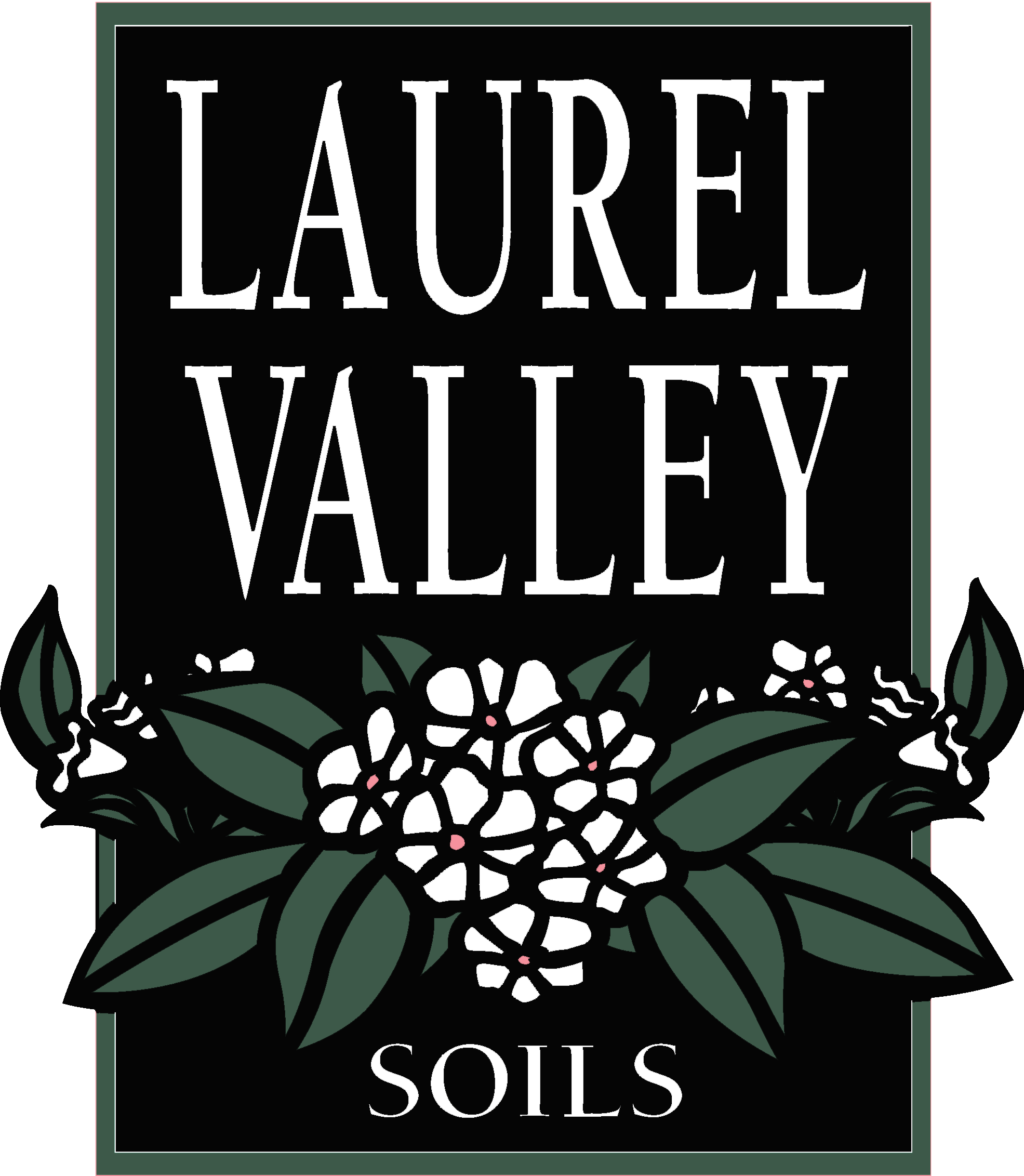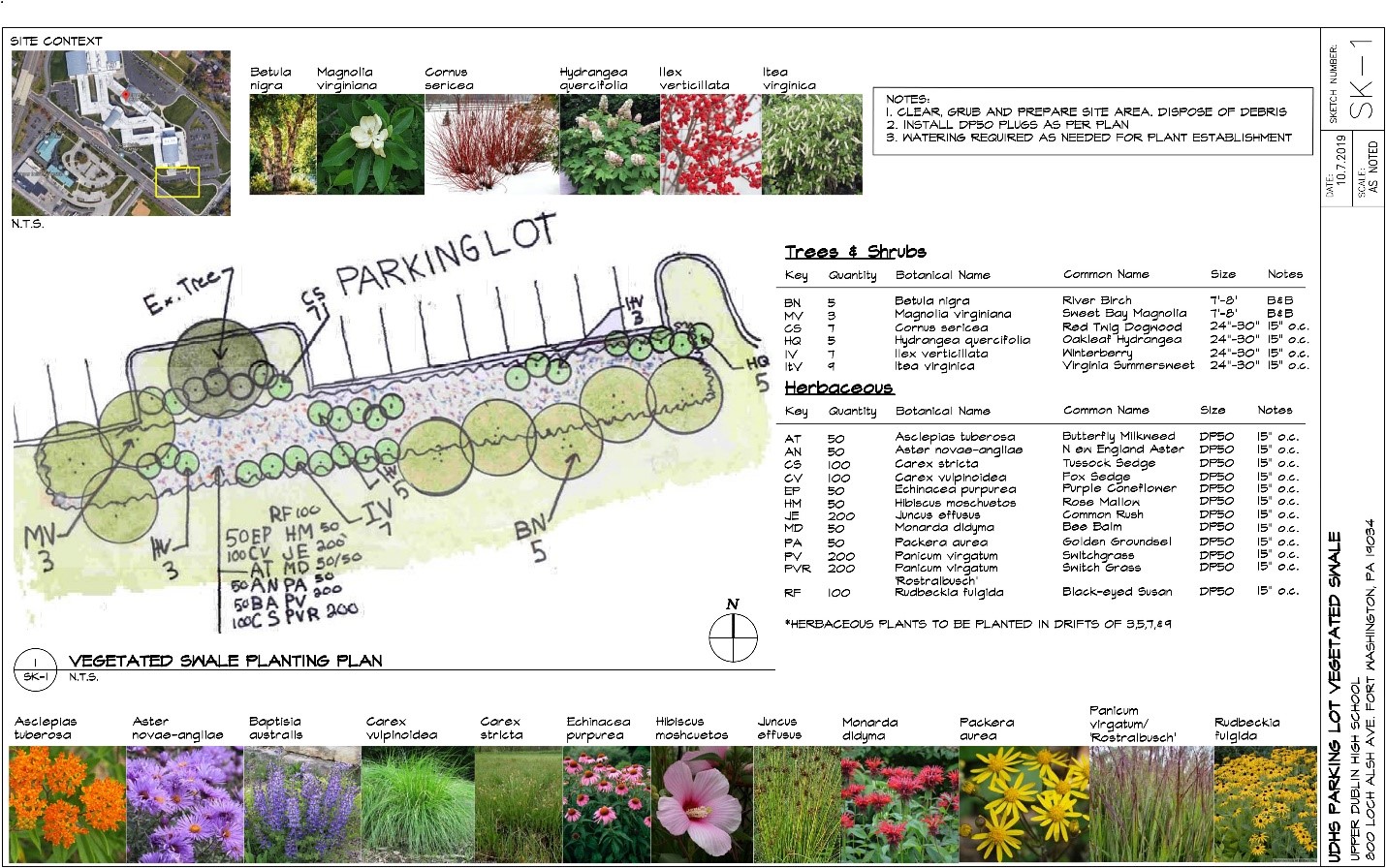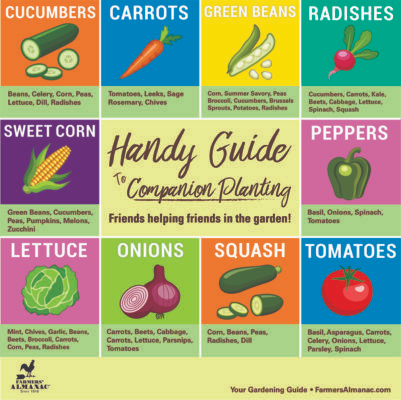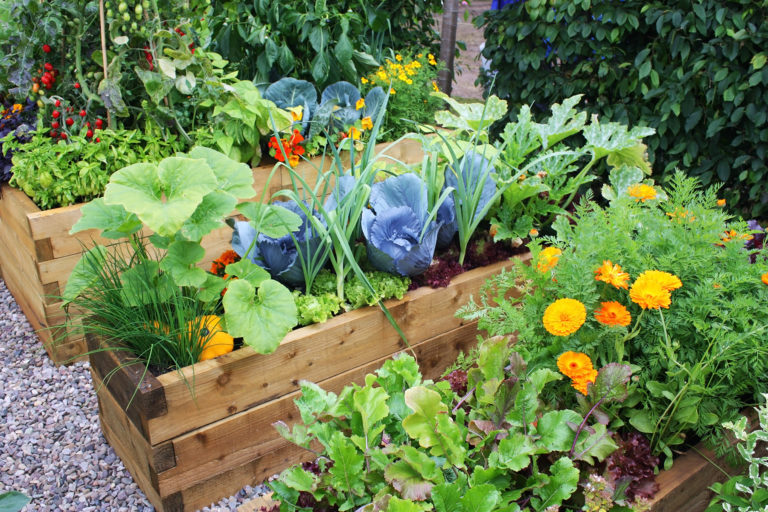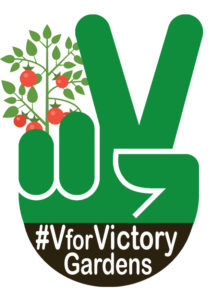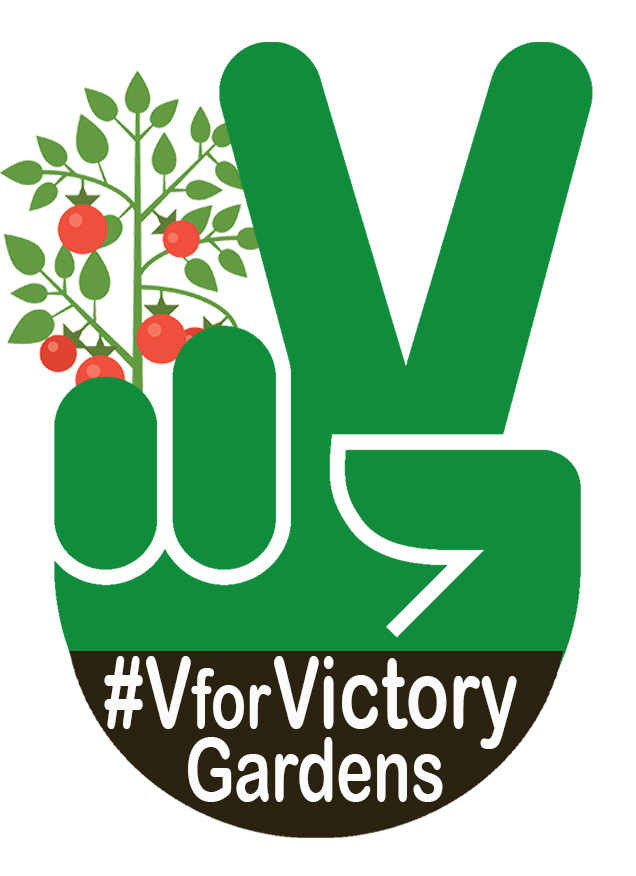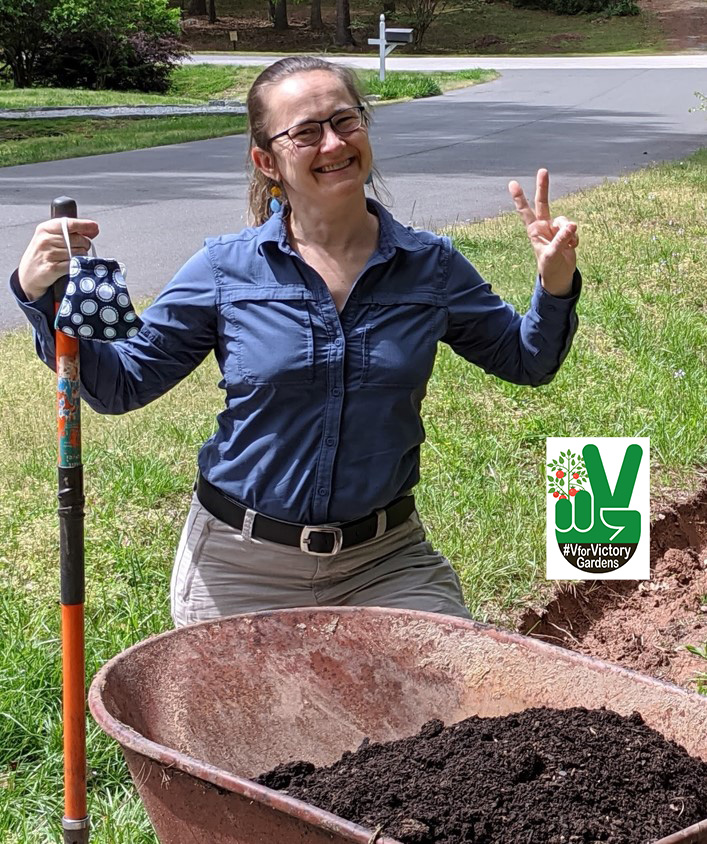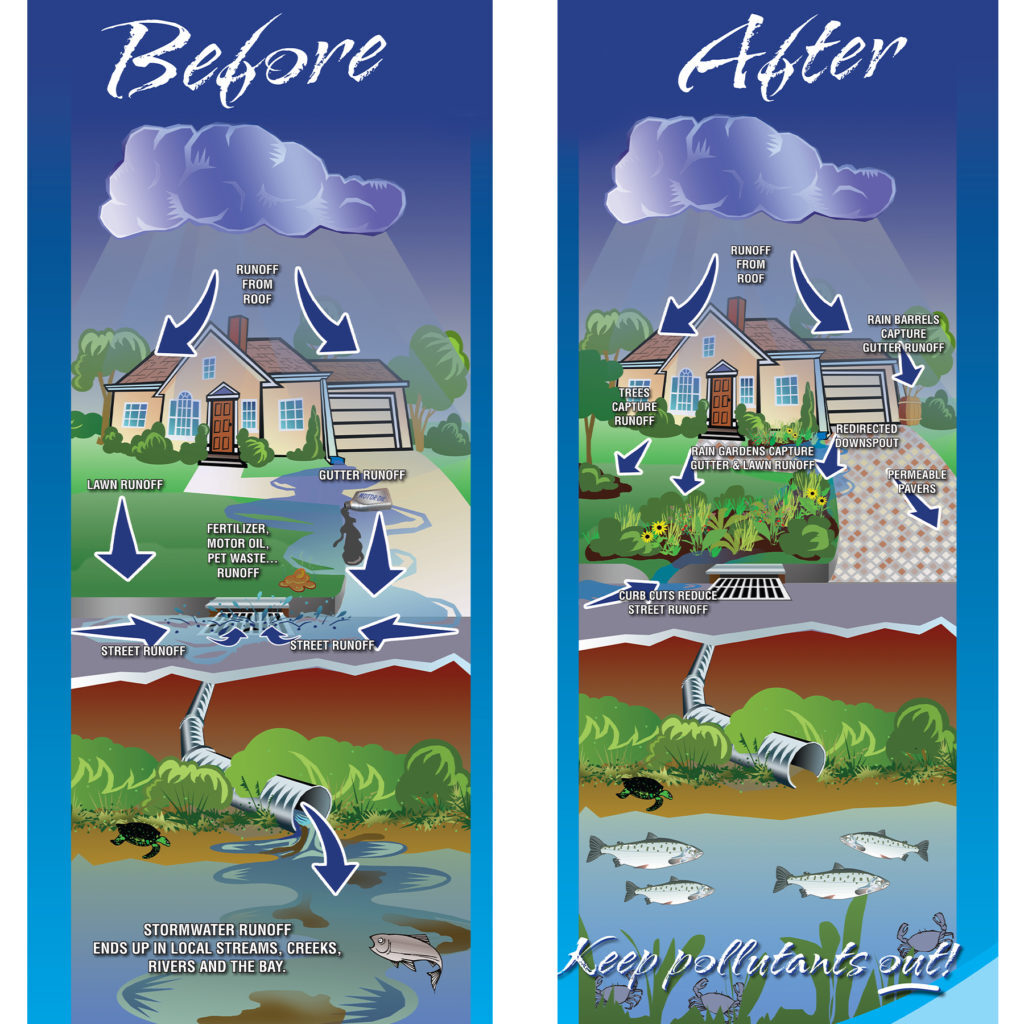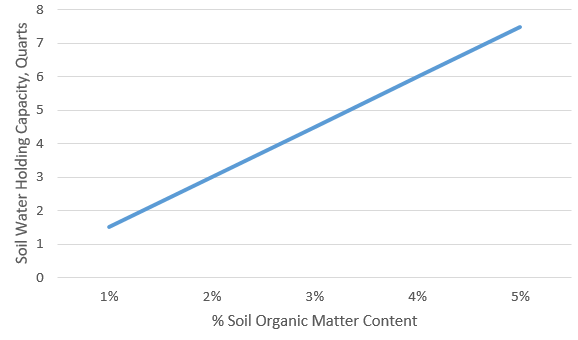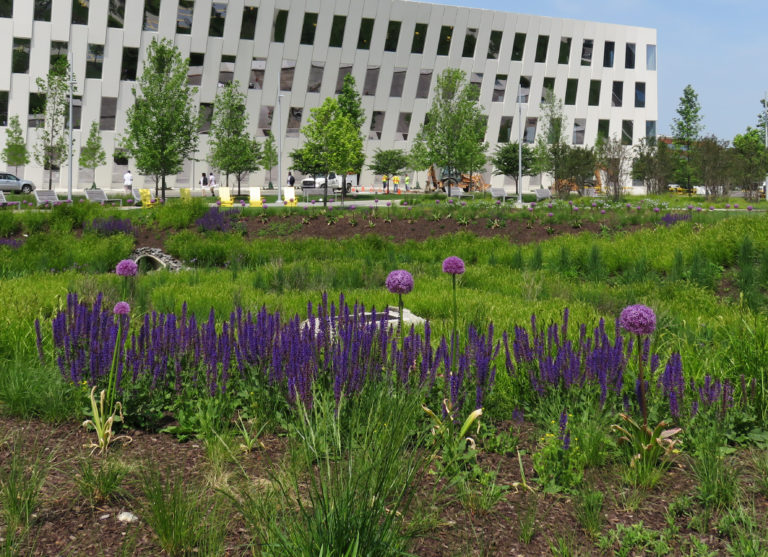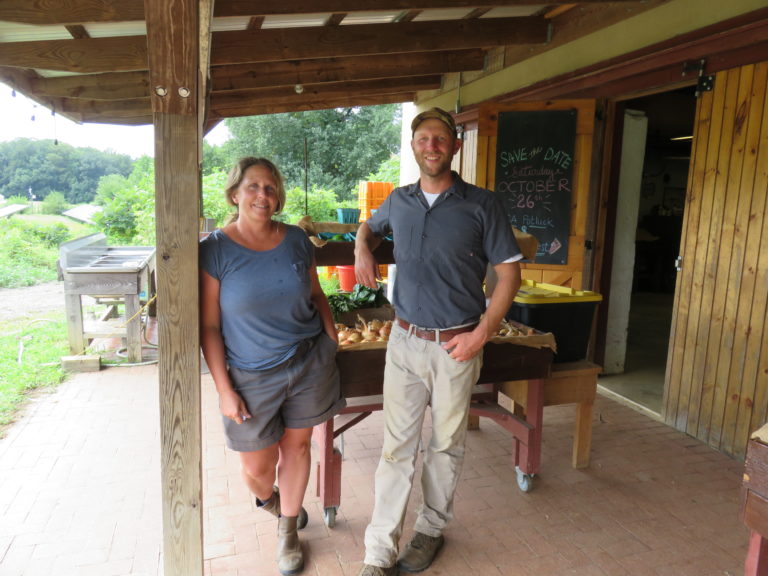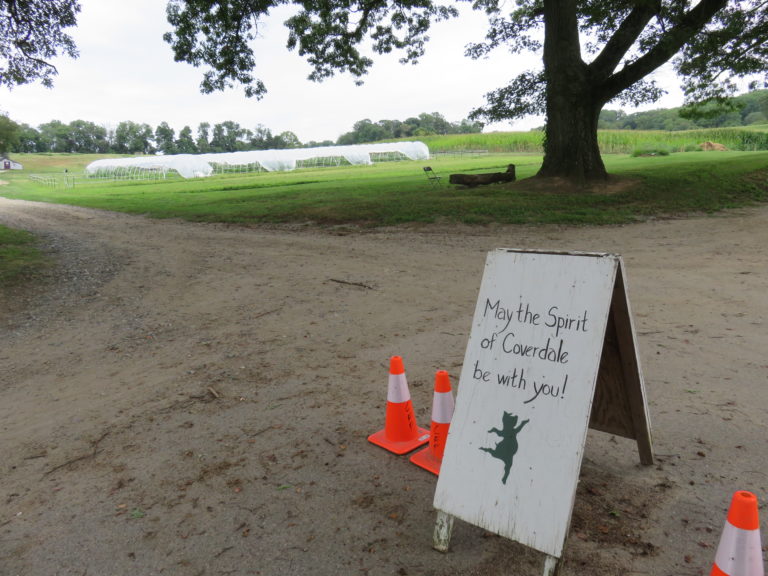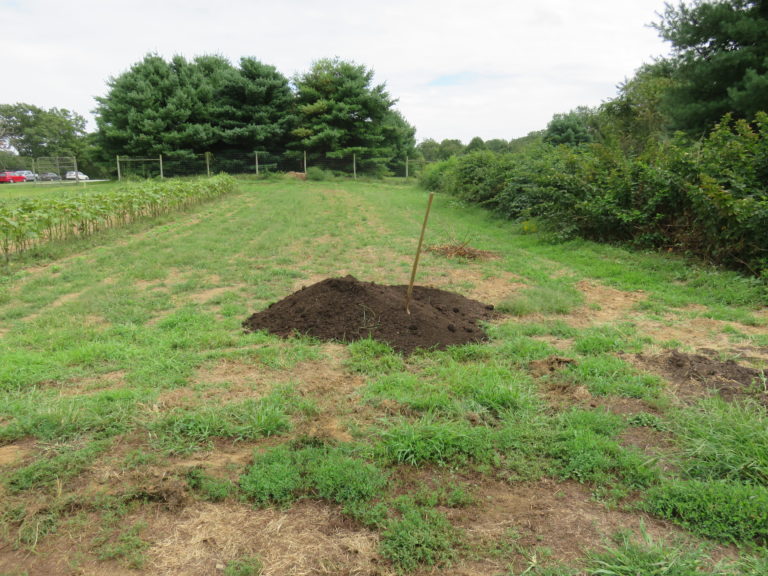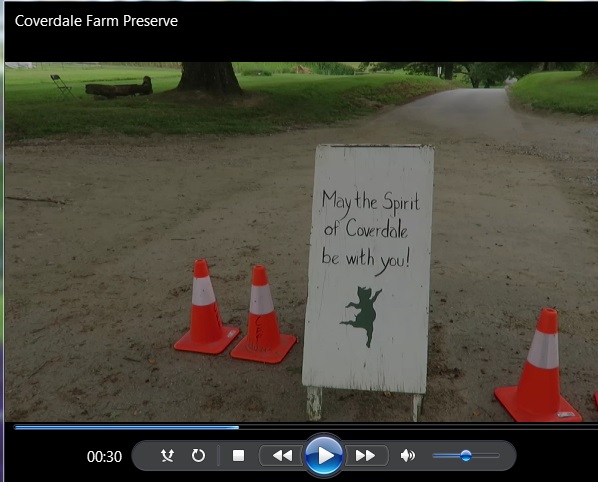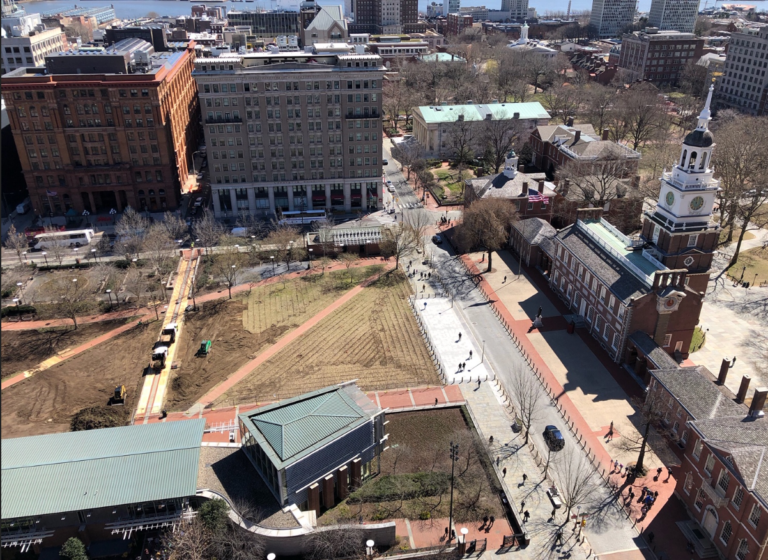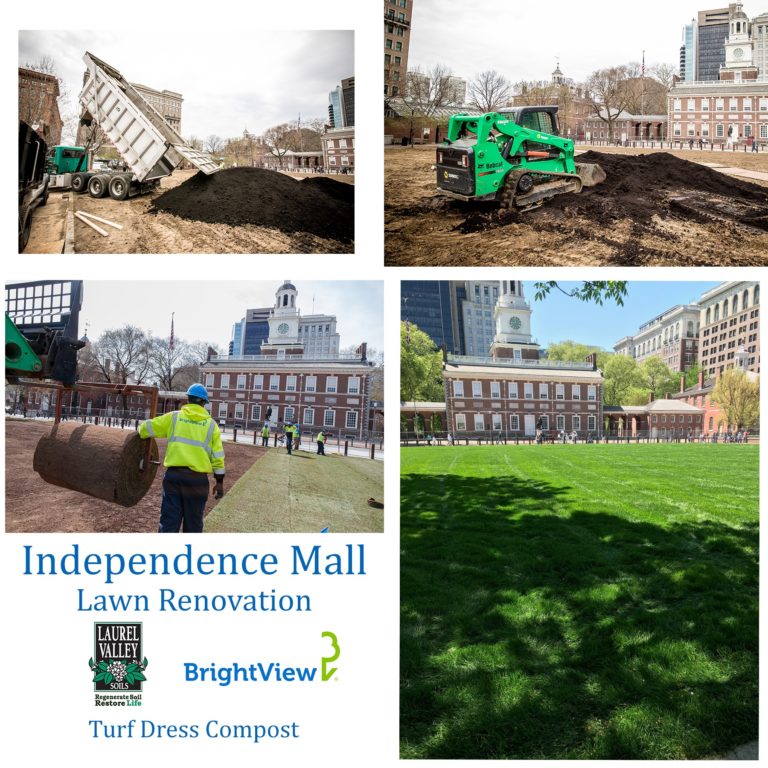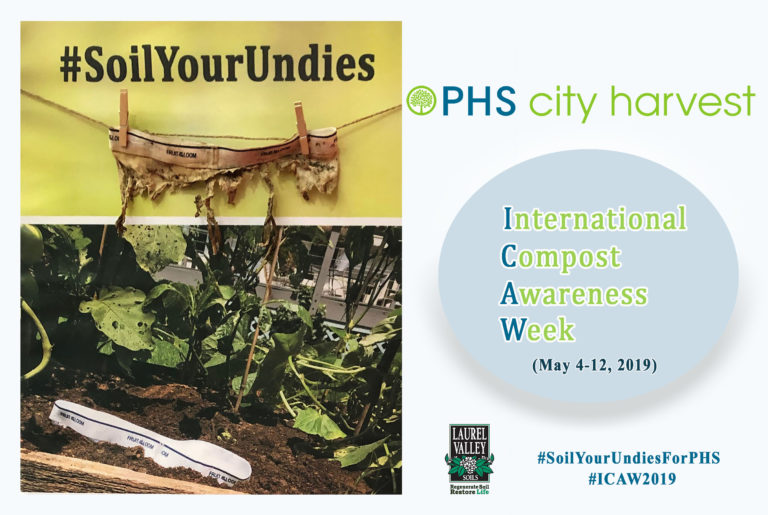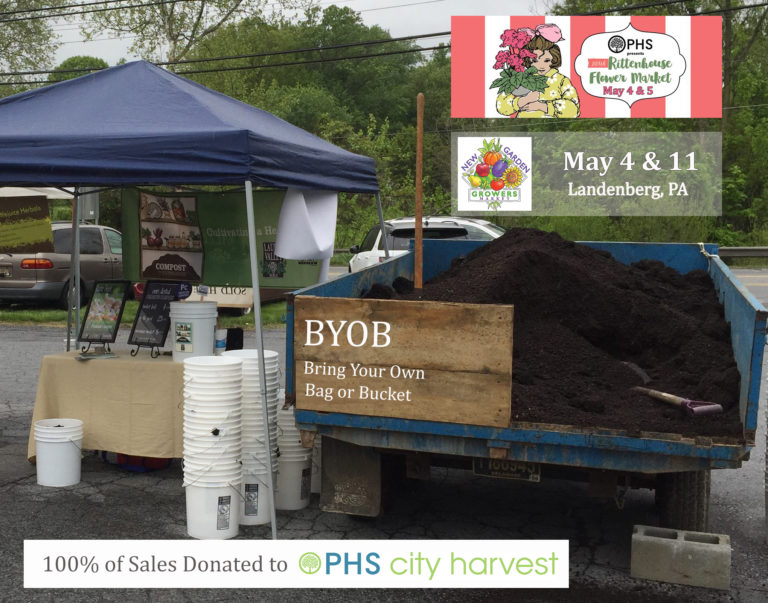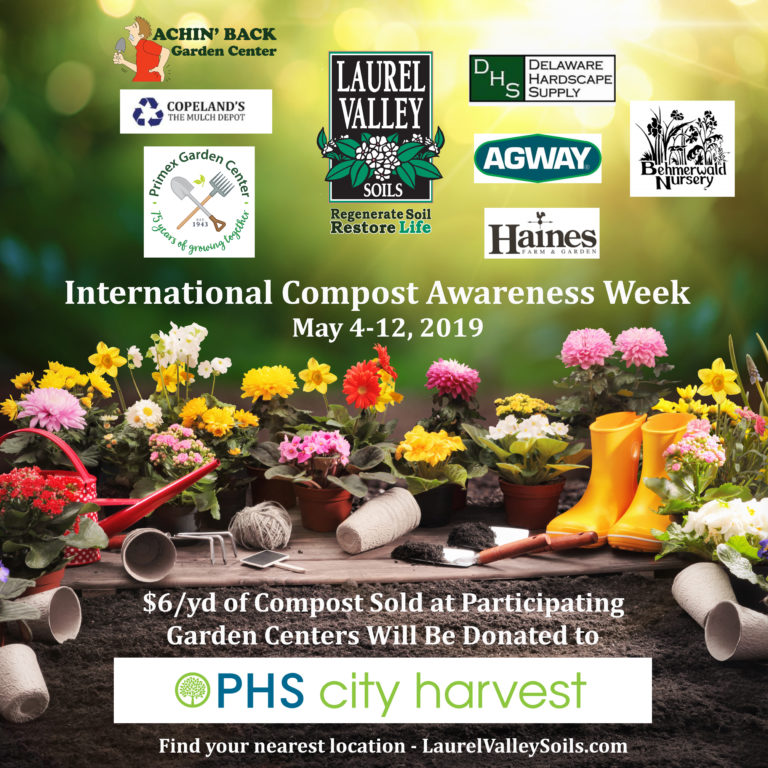Boy Scout founder and “Be Prepared” motto creator Robert Baden-Powell, when once asked “Prepared for what?” replied, “Why for any old thing”. Thank goodness Eagles Scout Troop #542 practiced this motto and had the foresight to help Upper Dublin High School be prepared for the stormwater produced by Hurricane Isaias by designing, sourcing and installing a vegetated swale on their campus.
Over a year ago, UDHS rising Senior Griffin Johnson, while studying Environmental Science, conceptualized a vegetated swale project which merged his landscape and environmental interests with his need for an upcoming Eagle Scout project. He proposed the project to his High School Principal, and luckily for Griffin, the school administrators were all on board and the project could move forward.
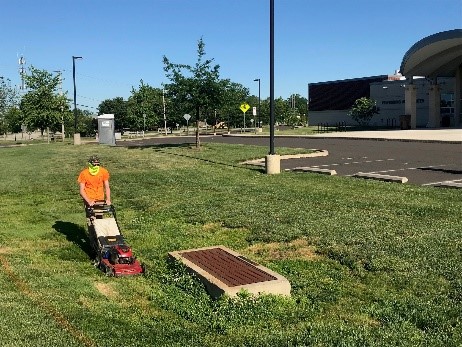
The vegetated swale provides UDHS with a tool to better manage stormwater runoff from the adjacent parking lot and roadway, in a more appealing way. With advancements in landscape design and soil blends, stormwater management systems are both functional and beautiful.
The project began as they all should – by understanding the existing soil condition, and how it may need to be adapted to ensure a successful installation.
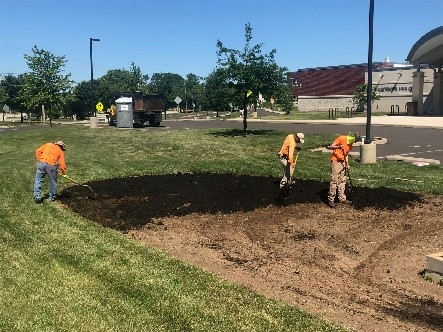
In this case, the soil just needed to be amended with compost to increase the organic matter content and provide a great balance of moisture holding capacity for dryer conditions while also creating a more porous soil structure to allow for drainage during heavy rain events.
The plants chosen for this project are native to this area, suitable for both wet and dry conditions, and are pollinator-friendly to help support the local ecosystem. Over 1000 plants and shrubs were installed in the vegetated swale.

Boy Scouts, along with their friends and families, worked hard to complete this project. In addition to providing the design and installation labor, Griffin was able to secure over $6000 of plants, materials, mulch and compost donated by garden centers and suppliers in the region.
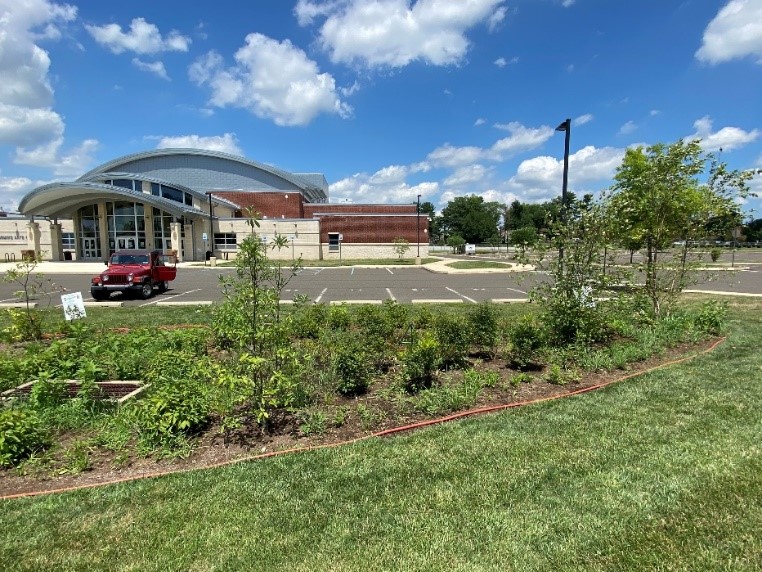
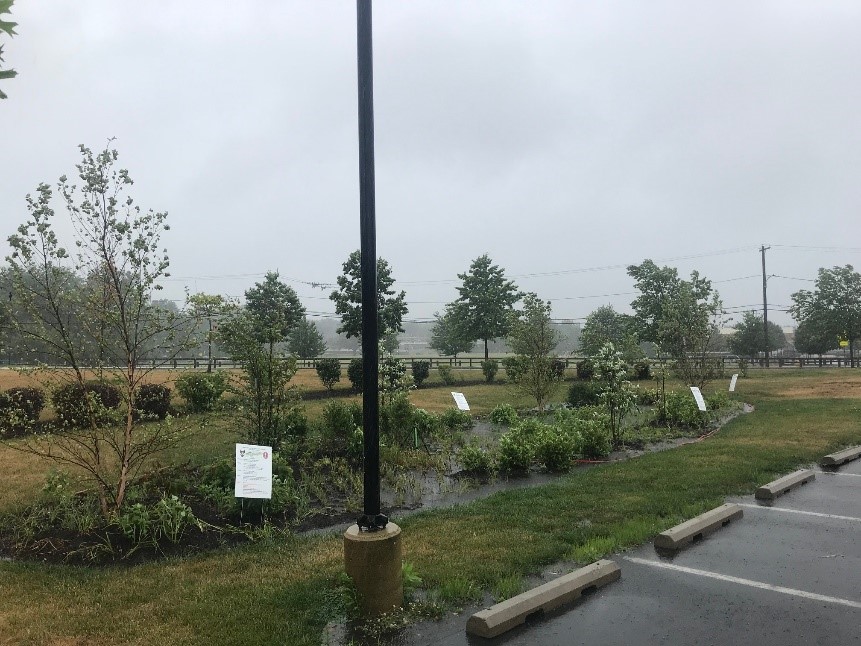
As shown above, the project functioned as designed to trap stormwater in place and provide slow percolation into the soil. Without a stormwater system, water will continue to run, eroding soil and carrying sediment and pollutants into fragile watersheds.
This project allows UDHS to be prepared for upcoming rain events, but there was something no one was prepared for, and that was the delays and precautions required due to the pandemic. When the school shut down in March, no one was allowed on campus. Before work could commence, a Covid Plan of safety guidelines mandated by the Boy Scout Counsel and Troop#542 had to be developed and enacted.
When asked for his key takeaways, Griffin is thankful for the opportunity to be part of this project. He feels it has helped him become a better leader, enabled him to meet new people, and be able to leave a beneficial lasting mark on Upper Dublin High School.
Troop #542 would like to give a big shout out to the companies that donated time and materials for this project:
